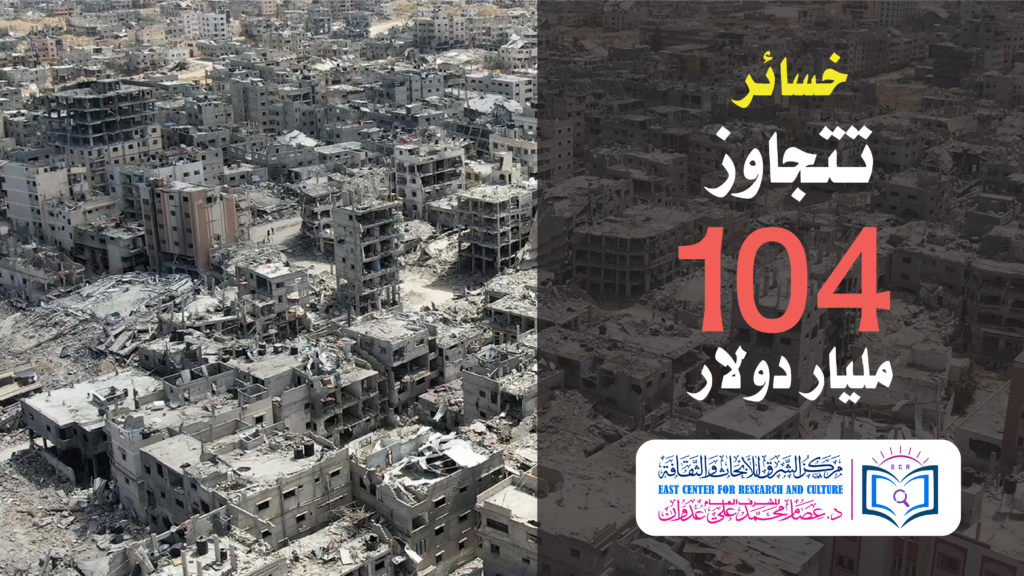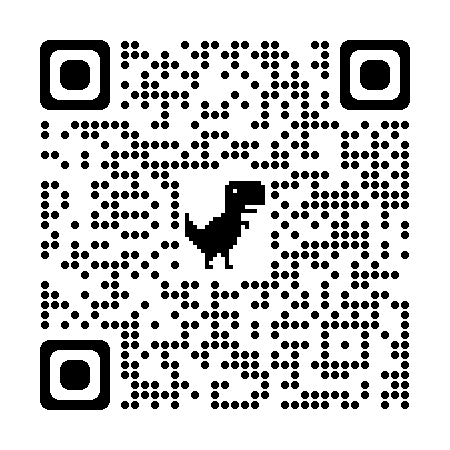The fate of the shekel currency
By Emad Taha
What will happen to the shekel if Israel disappears? Before delving into this sensitive subject, some necessary introductions are necessary. Which would help the reader in understanding the merits of this topic.
First introduction: A currency is defined as a check drawn on the government of the country issuing that currency. So that this government is obligated to meet the value of its currency to its bearer either in gold or any other hard currency. Successive governments or authorities of a State are responsible for fulfilling their previous financial obligations to third parties.
Second introduction: The Palestinian pound was the official currency of historic Palestine and the Emirate of Transjordan between 1927 and 1948. At the time, the Palestinian pound was worth sterling. After the establishment of the so-called State of Israel in 1948, the government of Israel continued to deal in Palestinian pounds until 1952. Israel established a central bank that issued the Israeli pound, or what is known as the Israeli pound, instead of the Palestinian pound. The value of the Israeli pound was then pegged to the Palestinian pound. The lira continued to be used until 1982, when it was replaced by the shekels.
Third introduction: The current shekel is the main currency in the so-called State of Israel. It is one of the main currencies, if not the most important, in the West Bank and Gaza Strip. The shekel is the main currency of circulation and fulfillment in most economic sectors in the Palestinian Authority. It is the base currency of provident and end-of-service funds for tens of thousands of public and private sector employees.
In addition to the deposits and savings of many Palestinian citizens in shekels. The amount of shekels accumulated in Palestinian banks is estimated at more than six billion shekels. In the so-called State of Israel, the amount of shekels is estimated at hundreds of billions; Israel’s annual GDP is approximately 1.5 trillion shekels. While the cash reserves of hard currency and gold are worth $ 213 billion. Note that the rate of the shekel against the US dollar has been floating since 1998, when before the float it was equivalent to 2.8 shekels per US dollar.
Based on the above facts, it is possible to draw a brief picture of what would happen if a war broke out in the region and led to the fulfillment of the prophecy of the demise of the State of Israel.
First of all: The impact of wars
There is no doubt that the currencies of countries are directly affected by the wars fought by those countries, either up or down, In the case of Israel, if people have an idea that Israel may disappear, it will certainly resort to taking the necessary precautions to limit its loss by getting rid of the shekel currency and resorting to better and less risky options. Such as resorting to dollars, gold or any other hard currency. Therefore, since the shekel is not pegged to hard currencies (floating), its value will be subject to supply and demand.
Thus, people resorting to getting rid of the shekel in a large way will inevitably lead to severe bleeding in its value and thus its collapse. The speed of the shekel collapse will depend on the speed of the collapse of the State of Israel. Certainly, before the total collapse occurs, the Bank of Israel will take swift measures to reduce the bleeding. Therefore, I firmly believe that he has the ability to do so before the complete collapse of the state because of the reserves it holds in hard currency and gold.
Secondly: The decline of the shekel currency
If the State of Israel collapses completely and all its institutions, including financial institutions, including the Bank of Israel (the Central Bank), collapse. Here control over the supply and demand control of the shekel currency is lost and its value becomes completely subject to the actions and behaviors of traders to it. This is the most dangerous thing because of the absence of the monetary authority from the scene.
Thirdly: Upcoming Power
The role of the new authorities, who are supposed to take over, including the management of the monetary authority, must be in line with the interests of the population, regardless of their affiliations, whether they are Arabs or Jews. So that their money and savings are preserved in shekels in a way that prevents chaos due to the loss of purchasing value of their money. So I don’t think this scene will be too long. Because it is the duty of the new authorities to take immediate measures to restore confidence in the shekel and to make an immediate assessment of it based on the hard currencies and gold owned by the Bank of Israel (the Central Bank), and then cancel the float and link the shekel to gold or a basket of hard currencies so that its value remains constant and is not subject to supply and demand except within a certain margin.
Fourthly: Temporary shekel currency
The new authorities should consider the shekel as the only local currency in Palestine. And to implement the necessary monetary policies to preserve the purchasing value of the shekel. And reduce inflation that may arise as a result of the new financial and economic conditions during the transitional period to replace the shekel with another currency.
Fifthly: New Currency







